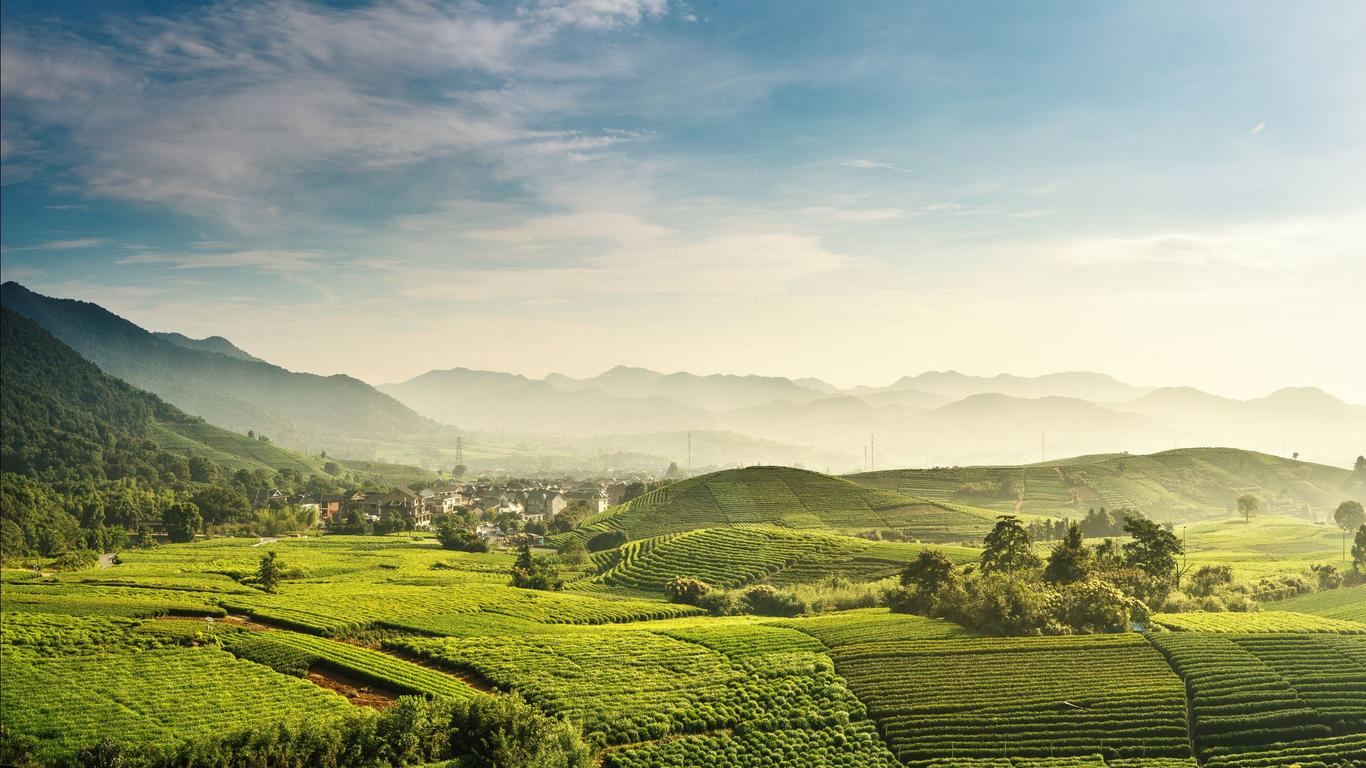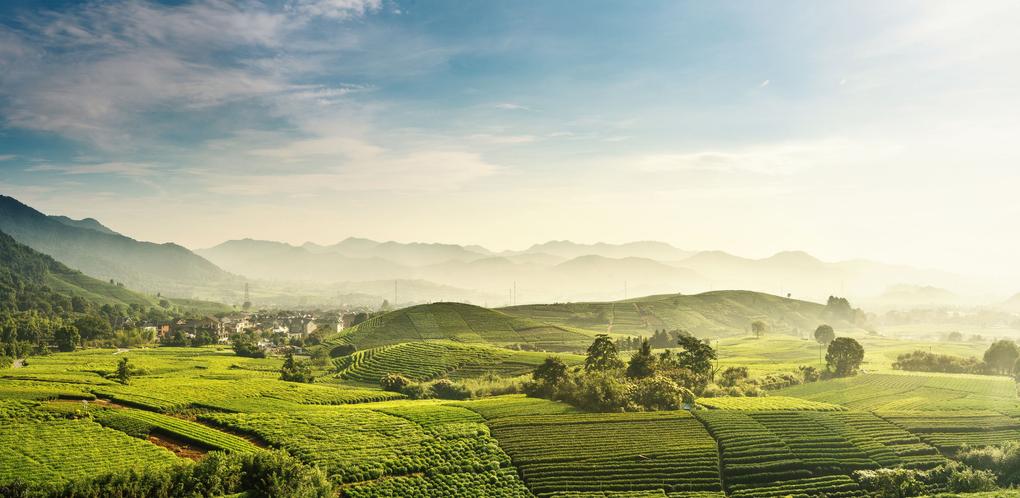1. Bringing The Beginnings Of Chan Buddhism To Life
Located not far west of the city center, the Lingyin Temple is more ancient than almost anything else in Hangzhou. Affiliated to the Chan Buddhist sect, Lingyin was founded in 328 AD, and expanded to a 10th century peak when it housed 3,000 monks. These days, it's a much smaller affair, but the historical grandeur remains, not least in the serene Hall of the Heavenly Kings, with its ceiling murals of dragons and other beasts. The Hall of the Great Hero is similarly grand, perhaps more so, with its immense golden Buddha and lineup of holy saints.
2. A Moving Experience
Right next to Lingyin, there's another haul of Buddhist treasure waiting for tourists to discover. This time, it's the Fei Lai Feng grottoes (located on "flying" mountain). There are 345 statues here in all, and it lays fair claim to being one of the birthplaces of Chinese Buddhism. As the story tells it, Fei Lai mountain flew from India to plant the seeds of Buddhist enlightenment, and ever since, devotees have carved impressive statues into the limestone cliffs.
3. Witness One Of Humanity's Greatest Achievements
In itself, Wulinmen is an unassuming quay near Wulin Square in central Hangzhou, but it's where it can take you that's magical. 2,000 years ago, Hangzhou became the end point for the Grand Canal - an incredible waterway linking the north and south of China, over a distance of 1,200 miles. In Hangzhou, you can take cruises along the canal to see this engineering marvel, passing under elegant stone bridges, and reliving the lifestyle of the traders who knitted China together so long ago. History rarely feels so alive.
4. A Magnificent Song And Dance Experience
Hangzhou's biggest amusement park appears quirky on the face of it, being dedicated to reconstructing a Song dynasty (950-1200) city. But it's actually quite a show. You can attend lavish recreations of Song-era romances, featuring acrobats and dance troupes, see traditional ceremonies taking place in reconstructed streets, and even enter a couple of "haunted houses" along the way. Then there's "mysterious street", which provides a range of illusions for visitors to negotiate. It all adds up to an offbeat mixture of history and fun.
5. Pagodas, Peace, And Stunning Scenery
Also known as "West Lake", the UNESCO-protected Xihu is exquisitely beautiful and full of attractions. Surrounded by mountains and dotted with islands, the lake is also home to a couple of breath-taking architectural highlights: the pagodas of Leifeng and Baochu. Leifeng dates back to 975 AD, when it was built to commemorate an imperial birth (although it was carefully rebuilt in 2002), while needle-like Baochu is even older, having gone up in 963. After admiring the pagodas, try to get over to Yuehu on the lake's west side, where every evening you can catch vivid performances of traditional Chinese theater.


